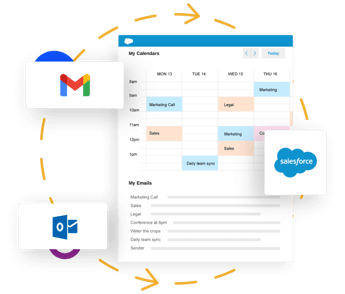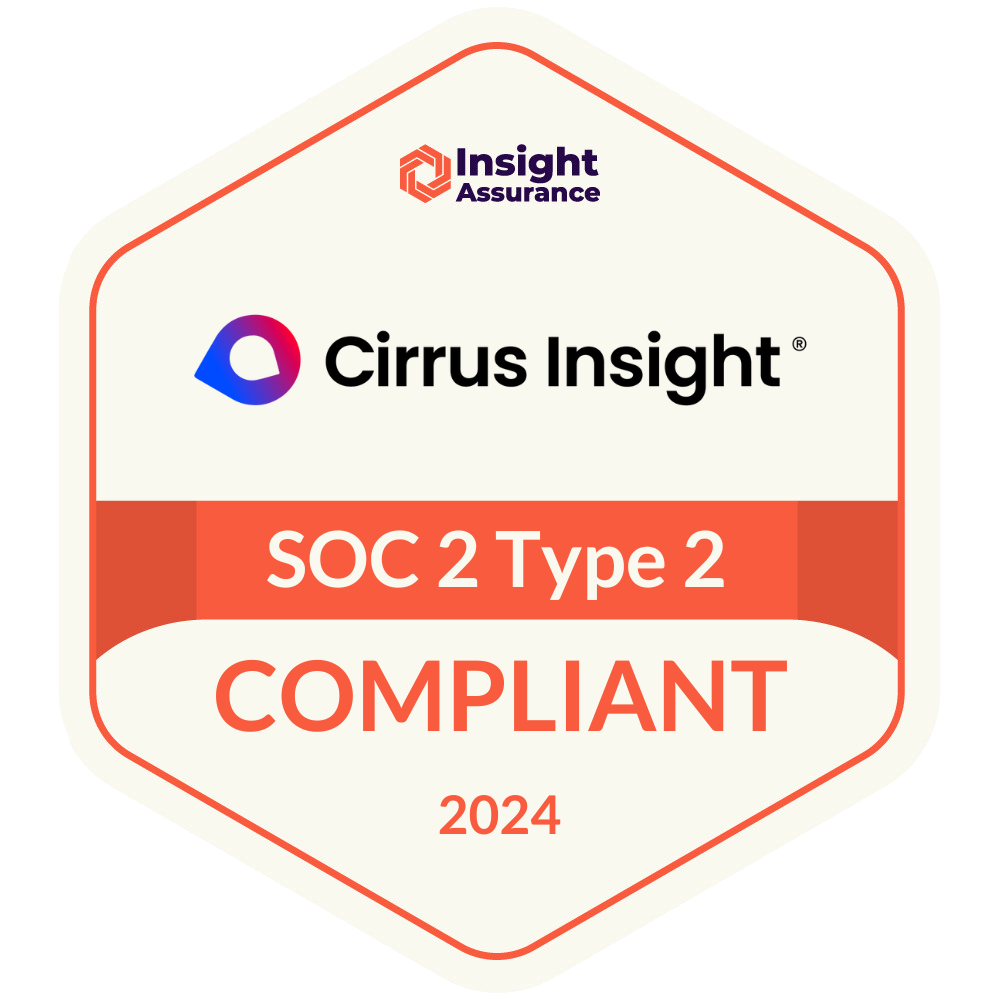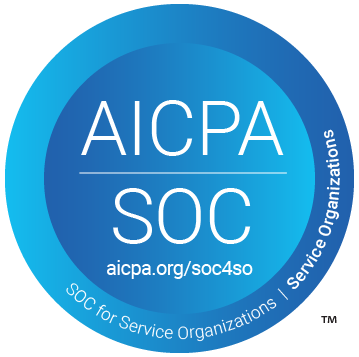- Solutions
-
Products
-
Resources
Sales Automation Tools | Cirrus Insight by Kristi Campbell View all Blog Posts >Get the App, Get the Sidebar, & Get Your Trial Going HereUnleash limitless growth opportunities by partnering with Cirrus Insight.
- Pricing
Filter By:
- All topics
- Sales Productivity
- Sales Intelligence
- Salesforce
- Sales Strategy
- Sales Prospecting
- Book More Meetings
- Best of
- Company News
- Product
- Sales Leadership
- CRM Admininstration
- Sales Metrics
- Supercharge Sales Activity
- Team Scheduling
- Admin
- serious insights
- Prospect Smarter
- Sales Activity Data
- Sales Forecasting
- Scheduling Solutions
- Prospect Faster
- Auto-Sync Everything To Your CRM
- Chrome
- Comparison
- Financial Services
- For Admins
- Getting Started
- IT & Security
- outlook
Subscribe to our Blog for the Latest Insights
Join our blog community to stay informed and receive fresh content and actionable tips directly in your inbox.
5 of the Best Sales Deals and Decisions in History
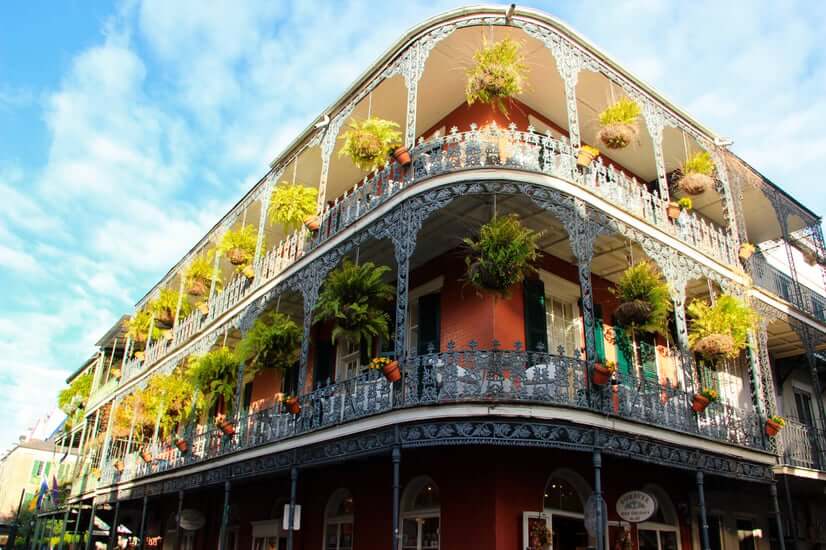
How can you tell the difference between a good sales and a bad one? You want to see how much you gained, but you also want to consider how you’ve impacted the relationship with your business partner. A good sales deal or decision benefits both parties and helps build a positive relationship. One side might still end up better than the other, or there might be a falling out later, but all of these deals helped both groups. Like the 5 of Worst Sales Deals and Decisions we covered, these have lessons to teach about being successful in business and the importance of cooperation and foresight.
Let’s dive in and see what we can discover from these past successes.
The Louisiana Purchase
The Louisiana Purchase is well-known as one of the best land deals ever made. The US went into negotiations only wanting to try and buy New Orleans. In 1803, the US bought around 13 states worth of territory from France for less than 3 cents per acre. With inflation it would have been the equivalent of 42 cents per acre, so you can see how cheap the land was sold.
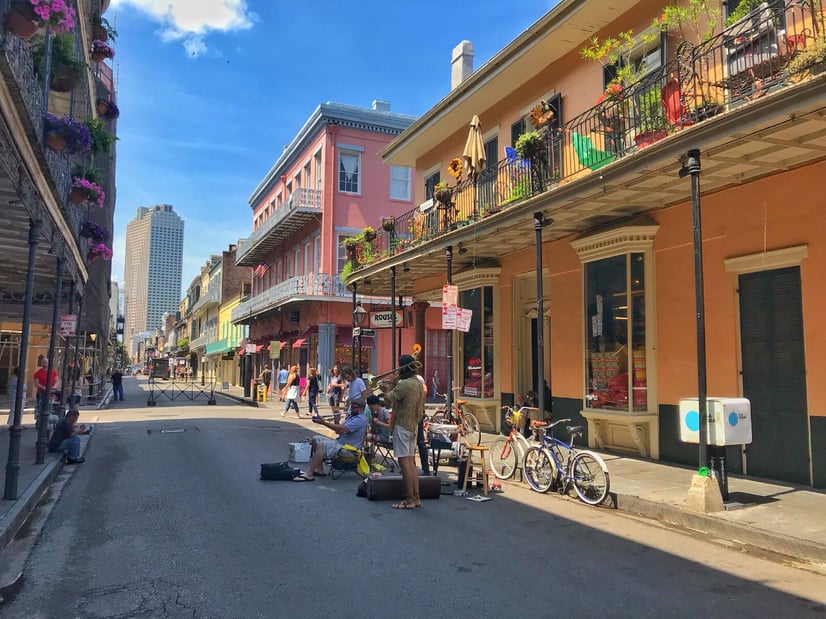
So the purchase was a great deal for the US, how was it good for France? Couldn’t they have used the massive amount of land or sold it for a higher price? As is usually the case in history, things were complicated. Napoleon was currently in charge of France and had actually taken official control of Louisiana and New Orleans from Spain in 1800. He had hoped to make use of the land, but a successful slave revolt in modern Haiti combined with war with Britain about to break out forced him to reconsider. Napoleon had one other major reason to sell the land. Spain was still in the process of handing it over to the French. Meaning, the land was strategically useless and technically his in name only, so he was able to sell something he didn’t truly own.
Henry Ford’s Salary Increase for Workers
Henry Ford had a problem. He had figured out how to efficiently build cars and was in the process of getting the price down, but his workers were increasingly unhappy. At the start of 1914, he was facing an annual labor turnover rate of 370%. The assembly line jobs weren’t worth it to the workers.
So Henry Ford figured out a deal to get the workers firmly on board with the company. He announced that he was shortening the workday by an hour (from nine to eight), doubled the salary rate, and spent an extra $10 million annually to improve the lives of workers. He also reduced the price of cars to make sure his workers could afford them. His workers bought the cars, turnover dropped to 16% and productivity went up. The company was more successful and the workers were happier.
Ray Kroc Franchise McDonald's
McDonald’s didn’t start out with the expectation of being a global franchise. The first restaurant was run by the two McDonald brothers who developed the assembly-line style of fast food we’re all familiar with today.
However, they’re not the ones who turned the restaurant into a franchise. That was done by Ray Kroc who had previously spent his life in sales. He came up with the idea and when the brothers weren’t interested in dealing with franchising themselves, Ray was allowed to take charge. Ray made a great deal for the rights to McDonald’s. Ray would collect 1.9% of gross sales from each new restaurant and around a fourth of that went to the brothers. The deal was initially too good for the brothers. Ray wasn’t making any profit. He then figured out a new plan to own and rent the land of the franchises to the restaurants to increase his profits. Later the brothers and Ray would have a falling out, but initially both were able to figure out ways of a making major profits from the brand.
Pepsi Cola Merges with Frito Lay
The Pepsi Cola and Frito Lay merger to form PepsiCo, Inc. is an ideal merger. Both brands were doing alright at the time of the merger in 1965, but both wanted the extra muscle to expand farther. Frito-Lay needed Pepsi’s distribution network to expand across the entire US and internationally. Pepsi wanted Frito-Lay to diversify their products and to help with join marketing. Chips make you thirsty, Pepsi can help. However, that promotional part of the deal was later stopped by the Federal Trade Commission (there’s also the Frito Bandito which we won’t comment on).
The merger has been a major success. PepsiCo has become a major international company with its products throughout the world. Even when competing with Coke, Pepsi has always been able to fall back on their Frito-Lays products to help with revenue. They show how a wise merger can be exactly what you need to still be around 50 years later.
Nixon Goes to China
In 1972, President Nixon made a trip to China ending 25 years of separation between the two countries and opening up relations between. The trip was had major implications, besides giving the US press a chance to see the country, the trip opened up trade between the two countries.
The two countries aren’t always on perfect terms, but the trade between them has allowed for major growth. China was able to build into an economic power because of US markets and the US was able to make to gain from major investments in China. Without the opening of trade with China, our consumer based society would not have taken off to the extent that it has and China would not have become the manufacturing giant it is today. If you’re using an Apple product or a smartphone, you got it as cheap as you did, because of the policies Nixon started.

